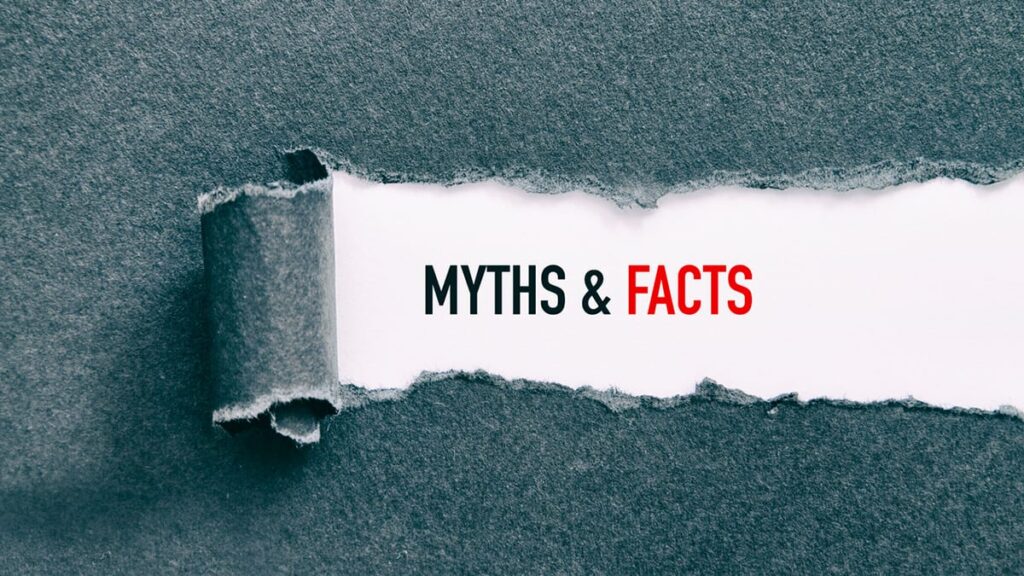META DESCRIPTION:“Discover the comprehensive truths behind fire extinguishers. Dive deep into fire extinguisher myths and arm yourself with a thorough understanding of fire safety, ensuring you’re well-prepared for any situation.”

Fire safety is paramount for both home and workplace environments. Yet, when it comes to understanding the role and functionality of fire extinguishers, a lot of misinformation floats around. By debunking these fire extinguisher myths, we aim to ensure everyone is better prepared and knowledgeable about their safety equipment.
1. All Fire Extinguishers Work on Every Kind of Fire
Fire types range from Class A (ordinary combustibles) to Class K (kitchen fires). Each class requires a specific extinguishing agent. Ensure you have the right type for potential fire risks in your area.
2. Once You Start, You Can’t Stop
Modern fire extinguishers are designed for control. While some might discharge fully once activated, many models allow you to regulate the flow, pausing and restarting as needed.
3. A Fire Extinguisher Will Last Forever
Like all safety equipment, extinguishers have a shelf life. Over time, the internal pressure may decrease, and the extinguishing agent could degrade. Check them annually and replace when necessary.
4. Using Water is Just as Effective
Water conducts electricity and can spread grease fires. While effective for paper or wood fires, water can exacerbate others. Always evaluate the fire type before choosing an extinguishing method.
5. It’s Better to Tackle a Fire Yourself than Wait for Professionals
Fire extinguishers are designed for initial response to small, contained fires. If a fire grows beyond control or threatens safety, prioritize evacuation and alert professionals.
6. Fire Extinguishers Are Hard to Use
With basic training, anyone can effectively use an extinguisher. The P.A.S.S. method (Pull, Aim, Squeeze, Sweep) offers a simple, systematic approach for most models.
7. A Discharged Extinguisher Can Be Refilled at Home
Proper refilling ensures the extinguisher operates correctly under pressure. Only certified professionals possess the tools and knowledge to refill them safely and efficiently.
8. Bigger is Always Better
While larger extinguishers hold more agent, their size and weight can be cumbersome. Match the extinguisher’s size to the user, ensuring they can manage it effectively during emergencies.
9. Fire Extinguishers Ruin Equipment
Fires produce heat, soot, and corrosive by-products that damage equipment. While some extinguisher agents may leave residues, these are often less damaging than the effects of an unchecked fire.
10. Shaking the Extinguisher Keeps it Charged
An extinguisher’s internal components and pressure require professional attention. Routine inspections, not just shaking, are crucial for maintaining their operational status.
11. A Partially Used Extinguisher is Okay for Future Fires
Even a brief discharge can compromise an extinguisher’s effectiveness. After use, always have them professionally inspected, recharged, or replaced.
12. Fire Extinguishers Create a Safe Exit Path
Extinguishers can suppress small fires, but dense smoke and toxic fumes can persist. If an exit is threatened, prioritize evacuation over firefighting.
13. All Extinguishers Leave a Messy Residue
Extinguisher technology has evolved. While some models might leave a powdery residue, others, like clean agent extinguishers, are designed to reduce cleanup efforts.
14. Having a Fire Extinguisher Means You’re Fully Prepared
A holistic fire safety approach includes smoke detectors, fire safety plans, regular drills, and education. While extinguishers play a crucial role, they’re just one component of a comprehensive safety protocol.
By understanding and debunking these myths, we pave the way for safer responses to fire emergencies. Equip yourself with knowledge, ensuring a proactive and informed approach to any potential fire threat.
Conclusion:
Knowledge is power when it comes to fire safety. Debunking these fire extinguisher myths ensures that homes and workplaces are better equipped to handle emergencies. It’s crucial to not only possess the right safety equipment but also understand its proper use.
